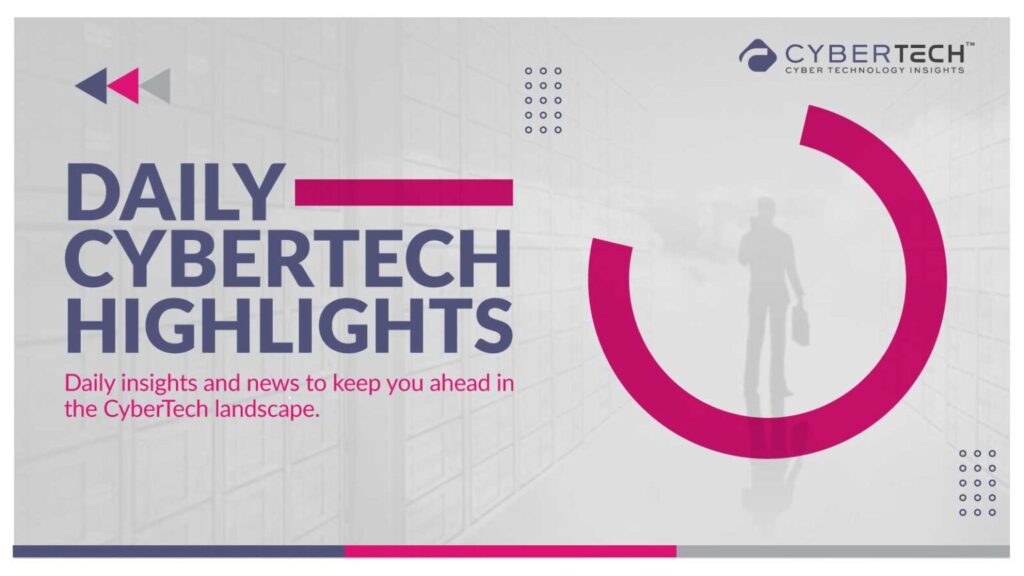Forget firewalls and antivirus; in 2025, the battleground for cybersecurity leaders is shifting to the cloud, the browser, and the very software that powers their business, demanding a whole new arsenal of defenses. In 2025, CISOs will be under intense scrutiny to demonstrate due diligence in securing the modern digital workspace, particularly as regulatory pressures increase. This article explores several key predictions for the future of cybersecurity, including the critical importance of browser security, the rising threat of software supply chain attacks targeting Software as a Service (SaaS) platforms, the transformative impact of automation on security operations, and the evolution of Zero Trust Architectures (ZTA). To stay ahead of the curve, CISOs must understand these essential trends to navigate the complexities of cybersecurity in today’s increasingly interconnected world.
CISOs Will Face Increased Pressure to Secure the Browser
As regulatory scrutiny intensifies, CISOs will face increasing pressure to demonstrate due care in securing the modern digital workspace: the browser. Browser security will become a critical component of CISO strategy. Traditional security controls, like remote access virtual private networks (VPNs) and legacy Zero Trust Network Architecture (ZTNA), will be complemented or replaced by browser-based solutions. This shift will enable organizations to protect sensitive data, mitigate risks, and comply with evolving regulatory standards.
Recommended: CyberTech Top Voice: Interview with Menlo Security’s Andrew Harding
Software Supply Chain Attacks Will Target Business-Focused SaaS Platforms
In the coming years, we anticipate a significant evolution in software supply chain attacks, specifically aimed at business-focused SaaS platforms.Attackers are likely to exploit vulnerabilities in third-party libraries that operate within the browser context. This shift poses substantial risks for organizations utilizing cloud-based services, which often rely on numerous third-party components. If even one of these is compromised and included, malicious code could run within the user’s browser, leveraging their permissions to cause data breaches and financial losses.One notable example of this includes the SolarWinds attack in 2020, where hackers compromised software to gain access to various government agencies and private companies. To mitigate this threat, organizations should adopt a layered security approach that prioritizes browser security and encompasses the entire supply chain.
The Impact of Automation on Security Operations
Automation is set to transform security operations by rendering certain workflows, including expensive security orchestration automation and response (SOAR) platforms, obsolete. AI-driven automation tools will streamline processes, reduce response times, and improve overall efficiency. IT and security operations teams will finally get some relief from alert fatigue because such tools could reduce alerts by 50% or more and compress response times from hours to minutes. Though early in the adoption cycle, these tools will begin to eliminate the need for complex and costly SOAR rebuilds and will optimize Security Information and Event Management (SIEM) implementations. This shift will empower organizations to respond to threats more effectively, reduce operational overhead, and allocate resources to higher-value strategic initiatives.The Evolution of ZTNA as a Flexible Security Model
In 2025, we expect Zero Trust Network Architectures (ZTNA) to evolve into a more flexible and adaptable security model. This evolution will enable organizations to adopt a “Secure by Design” approach and deploy Zero Trust Access even when they do not control and manage the network infrastructure. By eliminating the need for traditional network infrastructure controls, ZTNA will simplify access management and reduce the attack surface. This shift will empower organizations to secure their digital assets more effectively, regardless of user location or device type.The cybersecurity landscape of 2025 is a complex web of interconnected challenges.
Regulatory pressures are mounting, technology is advancing at breakneck speed, and threat actors are becoming increasingly sophisticated. As CISOs adapt to these challenges, prioritizing browser security, addressing software supply chain vulnerabilities, embracing automation, and evolving ZTNA will be crucial for safeguarding digital assets. By proactively addressing these emerging challenges and trends, organizations can not only enhance their security posture but also foster resilience against emerging threats. As we move forward, a strategic approach to cybersecurity will be vital in ensuring that businesses can thrive in a secure and compliant digital environment.
Recommended CyberTech Insights: The Cybersecurity Gap: Why Even the Best-Trained Teams Still Vulnerable to Attacks
To participate in our interviews, please write to our CyberTech Media Room at news@intentamplify.com





